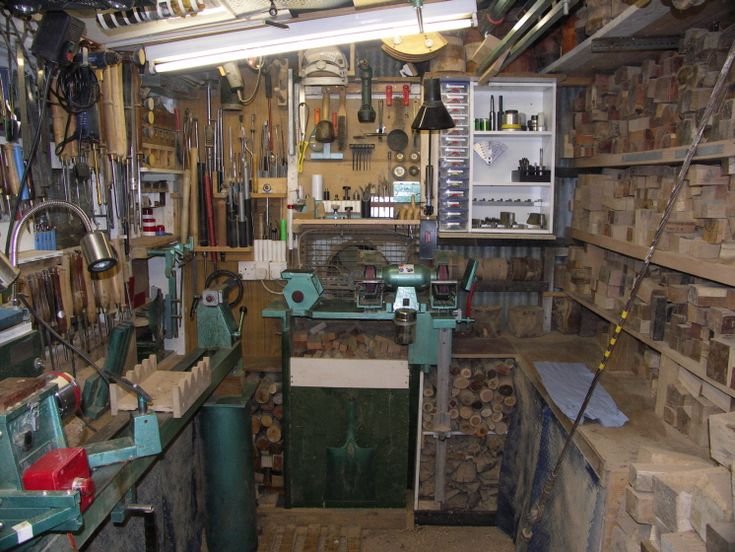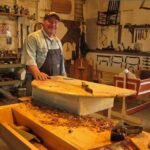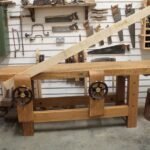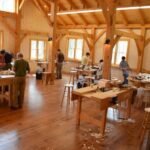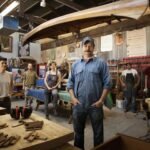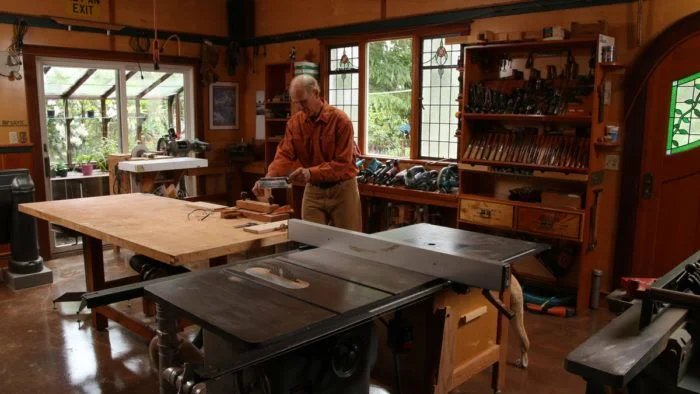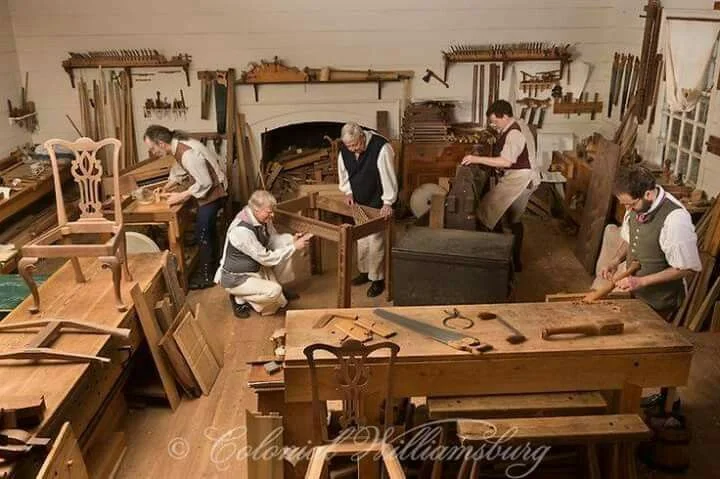Finding My Groove with Reclaimed Wood
You know, living in a small town has its quirks, but one of the best things about it is the sense of community. We all kind of look out for each other—like when the Johnsons down the street had their tree taken down last spring. Everyone rushed over to see if we could use the wood for something. That’s kind of how I got into woodworking with reclaimed stuff. But let me tell you, it hasn’t been all sunshine and rainbows.
To kick things off, I can still smell that sweet, earthy aroma of the old oak as I ran my fingers over the rough surface. The grain was so beautiful, but boy, did I have a learning curve. This whole reclaimed woodworking thing sounded easy enough in my head: grab some wood, throw it together, and voilà, I’d have a sweet piece of furniture. What I didn’t account for was all the pebbled nail holes, time-worn scratches, and the occasional splinter that would insist on finding its way into my palm.
The First Project—A Table Gone Wrong
I decided the first thing I’d tackle was a rustic coffee table. You know, something that looks like it belongs in a cozy cabin? So, I rolled up my sleeves, grabbed my trusty miter saw (a Dewalt, if you’re wondering), and set up shop in my garage. Right as I started measuring, I had that moment where I thought, “What if I screw this up?”
Ah, you know the feeling, right? My brain just started racing with self-doubt. But I shook it off. It was all going to come together perfectly—or at least that’s what I kept telling myself.
I spent hours sanding that wood. The sound of the sander humming was almost therapeutic, but my shoulder started to ache halfway through. I went through a whole box of 80-grit sandpaper, which was a ridiculous expense I’d not quite planned for. And then there it was—the moment I still chuckle about. I thought I had it all figured out when I went to assemble the table. Got my Kreg Jig out, did the pocket holes, and when I tightened that first screw? Well, it split the wood clean in half. Just like that, an hour’s work gone to waste.
An Unexpected Lesson
I almost threw my hands up in frustration. “Who do I think I am, Norm Abram?” I muttered to myself. But after a good cup of coffee and some deep breaths, I picked up the pieces and realized I could salvage this mess. That’s when I learned about wood glue and clamps—two things I had overlooked. I glued those pieces back together, squeezed them with clamps, and left them overnight. kinda like placing the piece in timeout, I guess.
When I took the clamps off the next day, there was still strain on my face from all the effort, but I had something that actually resembled a table. I almost laughed when I stood back and looked at it. It may not have been perfect, but it had character, and to me, that’s what reclaimed wood was all about.
Growing My Tool Collection
Through that experience, I realized I could no longer rely solely on my miter saw and that Kreg Jig. My toolbox started growing—it’s like this whole secret world opened up. I picked up a router next, thinking I could fancy up the edges. Should’ve seen the mess I made there! I watched a ton of YouTube videos, but somehow, I managed to router a corner too deep and left my wood looking like Swiss cheese.
At that point, I was thinking, “What’s the point of ruining more wood?” But instead of wallowing, I turned that mistake into a design feature—utilizing some epoxy to pour over the holes. It had this marbled effect that I never would’ve dreamed of on my own. Who knew my blunders could lead to something so interesting?
The Smell of Success
Finally, after what felt like eons—and believe me, it took more than a few late nights fueled by coffee and the smell of sawdust—I completed that coffee table. There was this moment of pride as I wiped it down and applied my finish. I went with a natural oil, something simple that wouldn’t mask the wood’s beauty. That smell—it was intoxicating. All the mistakes faded away, and I couldn’t help but smile.
When my wife came home, she actually gasped at how it turned out. I felt like I was on top of the world—who cares if it wasn’t perfect? It was mine, made with my own two hands, and it told a story—every dent and imperfection had its own little tale.
Wrapping Up the Journey
So, if you’re here thinking about diving into reclaimed woodworking, do it. Seriously, just go for it. Don’t be afraid of the mess-ups or the seemingly insurmountable problems. The truth is, you’ll learn something invaluable every time you pick up that tool and face your wood. And if nothing else, you’ll get some great stories to tell over a cup of coffee— just like this.
I wish someone had told me that it’s okay to mess up. Every crack and splinter adds charm to your project. So don’t shy away; embrace the journey. Each piece holds a memory, and every mistake can turn into something you love even more.

